The variety of types of MTB tyres and the huge number of options available make choosing the right tyres a difficult decision for many riders.
 Specialized Enduro with Butcher tyres
Specialized Enduro with Butcher tyres
Tyres are the point of contact with the terrain and the performance and safety of the rider and bike depend on the right choice. Inadequate tyres or incorrect pressure can completely change the behaviour and performance of an excellent bike. We assure you that it is worth spending time getting to know the features and properties of tyres in order to choose the most suitable.
Main Features
We begin with a summary of the main features or components of a tyre and the effect they have on performance.
Type of Bead
Tyres have a rigid edge, called a bead, which is designed to hold them firmly in the wheel rim. There are two types of beads:
-
Wire bead made of steel wire, which is heavier, but less expensive, and can be found in more economical tyres.
-
Folding bead, usually made of Kevlar. These tyres are significantly lighter and easier to assemble, and can be transported and stored folded. The only drawback is the higher price.
The reasons for choosing one or the other are purely economical, except in the more radical disciplines of Trial, Enduro and Downhill, where steel rims may be chosen for their greater strength and rim grip with lower pressure.
Tube or Tubeless
The second major division is between tyres that require an inner tube tube and tubeless tyres.
The tubeless system dispenses with the inner tube, and the air pressure is trapped in the tyre itself, thanks to the layered construction and sidewall reinforcements. It is also important to either purchase airtight rims or make them airtight yourself with a tubeless kit
The tubeless system is compatible with two types of tyres; the original UST, need no liquid sealant to become airtight, thanks to the greater reinforcements, and Tubeless Ready are lighter, but need sealant to become totally airtight. Depending on the brand, these systems are usually marked, TL, TLR, UST or 2Bliss, in the case of Specialized. All tubeless tyres can also be used with inner tubes.
The tubeless system has two main advantages :
-
Punctures are drastically reduced for two reasons: the inner tube is eliminated, so no more pinch flats, and the liquid sealant repairs any small punctures.
-
The absence of an inner tube and reinforced sidewalls allow lower air pressure, which improves safety and riding comfort and gives the tyres greater grip, traction and braking retention.
The disadvantages of tubeless tyres are:
-
They are difficult to fit
-
Tyre sealant is required to achieve puncture protection, and this requires periodic maintenance, which consists of topping up the level and keeping a constant tyre pressure at all times, because once deflated, the sealant dries out almost immediately.
- They are more expensive than tube tyres, with no options in the lower-range mountain bikes, which only have wire rims.
We are strong supporters of the tubeless system, which can last for years on the road without a puncture and it improves the performance of the bike. If you opt for tubed tyres, we recommend you use an additional protection system, such as tube sealant or anti-puncture strips.
TPI Carcass Density
The inner carcass, or casing, is manufactured with multiple layers containing threads and a composite that compacts the whole. The amount of threads used defines the density of the casing and is measured by TPI (Threads Per Inch).
-
A higher TPI indicates that the casing is denser and contains more threads per inch and less compound or rubber. This results in a lighter, less deformable tyre with lower rolling resistance, but it will be more vulnerable to punctures and wear.
-
A low TPI indicates that thicker threads have been used with lower density and more compound. Overall, the tyre will be heavier, but more comfortable and resistant to wear and punctures.
The usual densities of MTB tyres are between 60 and 120 TPI. However, the density has less influence on the weight and the final performance of a mountain bike tyre than a road tyre. Other features, such as the compound and lug design are more important, as we will see below.
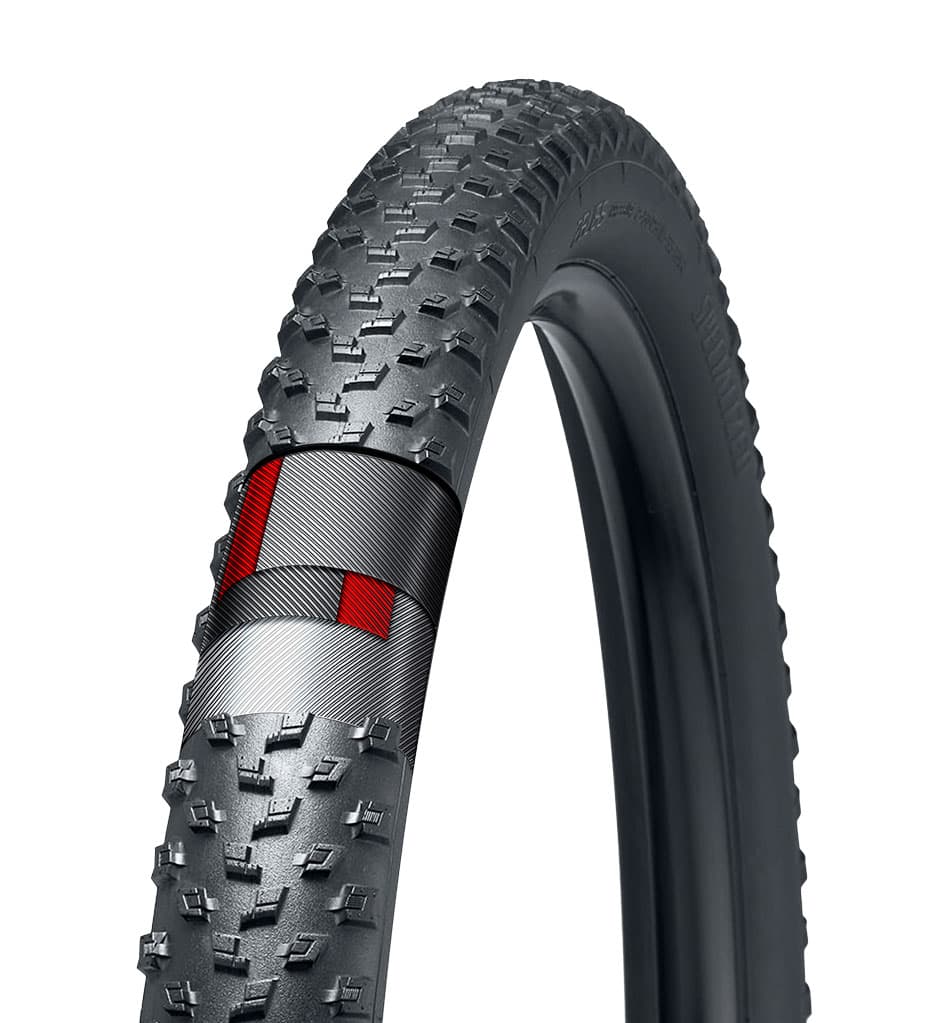 Specialized Fast Trak S-Works
Specialized Fast Trak S-Works
Anti-puncture Reinforcements
It is common for brands to offer different finishes on their MTB tyres with a range of reinforcements against cracks and punctures. These reinforcements increase weight and the choice will depend on the type of route and riding style. Our advice is not to try to save weight at the expense of safety and reliability, and to choose more reinforced tyres, but priorities vary from one rider to another. The names of these reinforcements vary from brand to brand. For example, at Specialized, from low to high are the: S-Works, Control and Grid. In the case of Maxxis, the ones with the most protection are with Exo Protection and Exo+.
Tread Compound
The tread compound is the most important factor, along with the lugs, or knobs, for defining the performance of the tyre. The most commonly used compounds are those derived from rubber, with added elements to improve their properties. The hardness is indicated by a number followed by the letter "a" and the usual compounds for MTB tyres are between 42a and 70a.
The smaller the number, the softer and grippier the tyre, but the faster it will wear out. A harder compound rolls better and delays wear, but has less grip.
-
Softer compounds are usually used for gravity biking (Enduro and DH), especially on the front wheel. And also for the more aggressive XC and Trail tyres, on terrain that requires a greater grip.
-
Medium and hard compounds are suitable for tyres that have to strike a balance between rolling ability and the right amount of grip, traction and braking performance. These are the most frequently used for XC and Trail tyres.
Some tyres have dual or triple compounds, depending on the zones. They usually feature a harder compound in the centre of the tread, and a softer compound on the sides to improve cornering.
Most brands develop and name their own compounds. We cannot go into detail on all the brands and models here, but we will look at those of two leading brands that will serve as a guide.
In the current collection of Specialized ,MTB tyres, the compounds are called T5, T7 and T9, ranging from soft to hard. Dual combinations place the harder compound in the central area, to offer the least rolling resistance possible, and the softer compound on the sides, to gain grip.
Maxxis uses 3C Maxx triple compound technology, in its highest range with three different hardnesses, depending on the zones, mounted on 120 TPI casing. They have three finishes: 3C Maxx Speed for XC tyres, 3C Maxx Terra for Trail and Enduro tyres, and 3C Maxx Grip for downhill tyres, with soft rubber, excellent grip and slow rebound, for maximum traction.
Knob Design
The shape, size and layout of the knobs are extremely important regarding MTB tyre performance.
Small, low, tightly spaced knobs provide an even tread and facilitate speed, but sacrifice grip and traction. They are suitable for hard, dry terrain and when speed is a priority. To make them more versatile, they can be complemented with higher side knobs for cornering grip, which is where grip is most needed. This, combined with low pressure increases riding safety.
Larger knobs with medium spacing offer greater grip on all kinds of terrain, but especially on terrain that is loose or wet. However, they will be quite a burden on favourable fast rolling terrain. Depending on the discipline, the tyre width varies and the knobs increase in height and size.
The shape of the knobs also influences performance. Square or rectangular side knobs placed perpendicularly to the direction of travel will provide greater traction and braking retention. Ramped or dart-shaped knobs will facilitate forward motion and steering control. Trail and Enduro tyres feature knobs with incisions in the centre, so that they expand when in contact with hard surfaces, increasing the support area and, therefore, grip. This increases versatility on soft and hard mixed terrain.
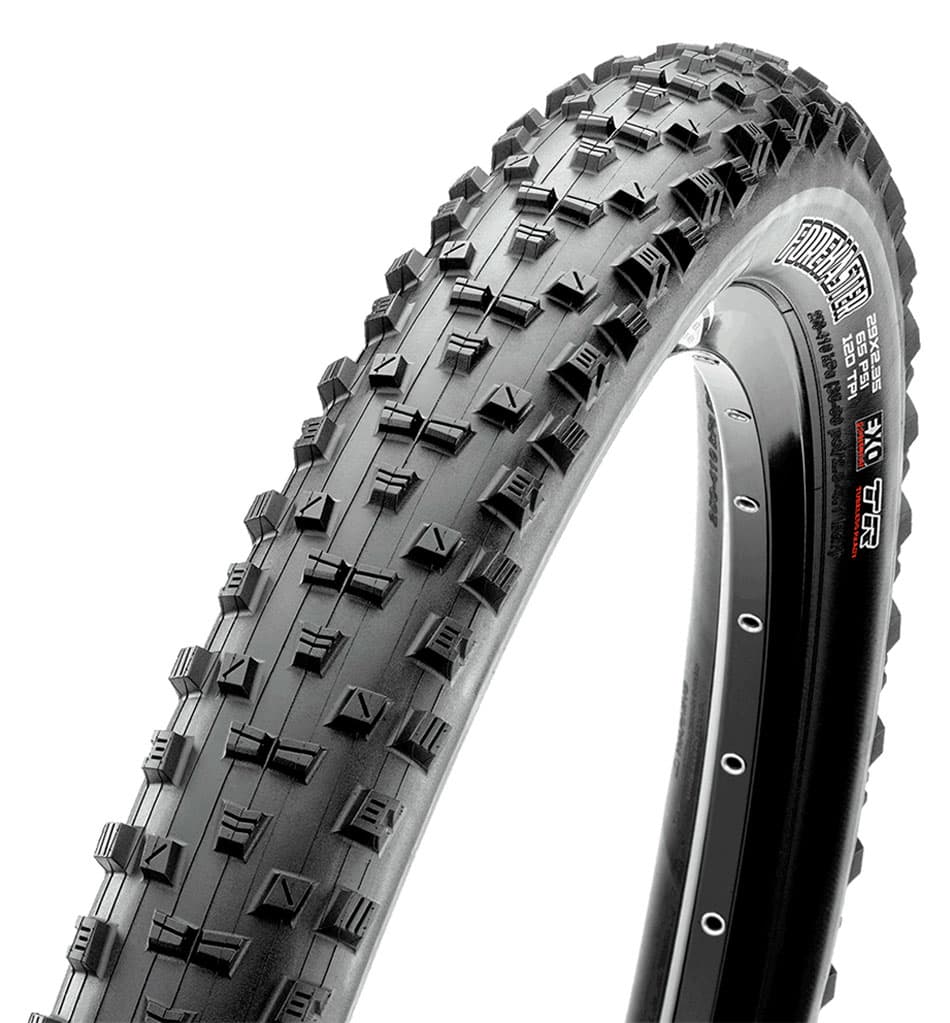 Maxxis Forekaster 2.6 Exo TR
Maxxis Forekaster 2.6 Exo TR
For mud, high, soft and widely spaced knobs are used, with narrower tyres, so that they expel mud and penetrate firm ground. But mud tyres are very specific, and are only recommended for muddy terrain, as they do not work well on other surfaces.
 Continental Mud King tyre
Continental Mud King tyre
The profile of the tyre is also important. For the best grip, the side knobs are arranged so that the surface of the tyre is almost flat. For a balance between speed and grip, the tyre profile is more rounded so that the side knobs only come into contact when leaning into a corner.
The space between the side and centre knobs also determines the character of the tyre. For moderate use, which does not involve much leaning, a more continuous tread design combined with less pronounced side knobs is best, so that the bike is easy to handle and predictable. More pronounced and spaced side knobs are indicated for extreme tyres and riders who lean into each curve to get as much downhill speed as possible, achieving extraordinary lateral grip and faster transition.
 Maxxis Minion DHR II tyre
Maxxis Minion DHR II tyre
Tyre Width
Together with the compound and tread design, tyre width is the third key element that defines a tyre. In recent years, brands have considerably increased tyre width, especially on XC and Trail tyres. Research on performance and new compounds has led to the standardisation of 2.30" and 2.40" tyres for mid to high range XC, Downcountry and Trail bikes. Widths under 2.0" are only seen on lower end bikes or those designed for mixed use. And 2.0" and 2.2" tyres are for those who prioritise speed, especially on the rear wheels.
The balance of tyre width and performance for an XC bike is achieved by using very rounded profiles and specific tread designs, which are much lower than those on tyres of the same size for more aggressive disciplines.
On Trail and Gravity bikes, tyre widths are between 2.30" and 2.60" and the combination of tread, width and compound will depend on the type of use.
Tyre Pressure
We include a brief approach to tyre pressure, as this greatly affects tyre performance and behaviour. Depending on the type of ride, varying the tyre pressure will optimise performance and increase tyre versatility. As a basic reference:
-
Increasing tyre pressure reduces deformation and friction, making the tyre faster, but with less grip and comfort.
-
Lower pressures, on the contrary, increases grip and comfort, to the detriment of speed.
It is common to increase pressure on the rear wheel as it requires less grip, and reduce pressure on the front wheel to increase grip. For more information, you can watch this video on the correct pressure for MTB tyres.
Time to Choose
Those of you who are new to this topic may be a little overwhelmed with so much information. So to help in your decision, we will summarise our tips for each MTB speciality.
General Advice
The first piece of advice is mainly for cyclists who prioritise weight. Saving weight on the wheels will give the greatest return in terms of performance, as it is a moving component that generates inertia. And tyres are the cheapest way to achieve this. With lightweight tyres, you can easily shed 300 or 400 grams from an XC bike, and the effect on performance will be similar to shedding about a kilo from the frame. Compare that to what it costs to lose a kilo in the frame.
Another important tip is that, except for the most radical Enduro and DH, you can choose different tyres for the front and rear wheel to optimise the overall performance.
-
The rear wheel does not need as much grip as the front wheel as it is not used for steering. This allows you to mount a wheel with better rolling performance, less width and more pressure. It also supports a higher percentage of your body weight, so the weight saved will be even more noticeable.
-
On the front wheel, however, grip is paramount, so choose a tyre that provides a safe ride. This can be achieved with a more pronounced tread pattern, wider tyre width and lower pressure than on the rear wheel.
Recommendations According to MTB Type
We finish by looking at the type of routes, with examples of bikes by the brands Maxxis and Specialized, which will serve as a reference.
XC routes with little technical difficulty.
If you ride on hard, dry terrain, choose tyres with low, small, tightly spaced knobs, for a low friction tread. Profiles should be rounded with side knobs and tyre widths should be between 2.0" and 2.3". Use moderate tyre pressure to increase cornering safety. The Maxxis Ikon and Specialized Renegade are a good reference. If you plan to ride on wet or loose terrain, mount a tyre with a little more grip and knobs that are more spaced, such as the Specialized Fast Trak or the Maxxis Rekon Race.
XC Routes with Moderate Technical Difficulty
You can keep a rolling tyre on the rear wheel, such as those mentioned in the previous paragraph, and mount a front tyre that offers a little more speed and grip, such as the Specialized Ground Control or the Maxxis Ardent Race, with widths of 2.30" – 2.40".
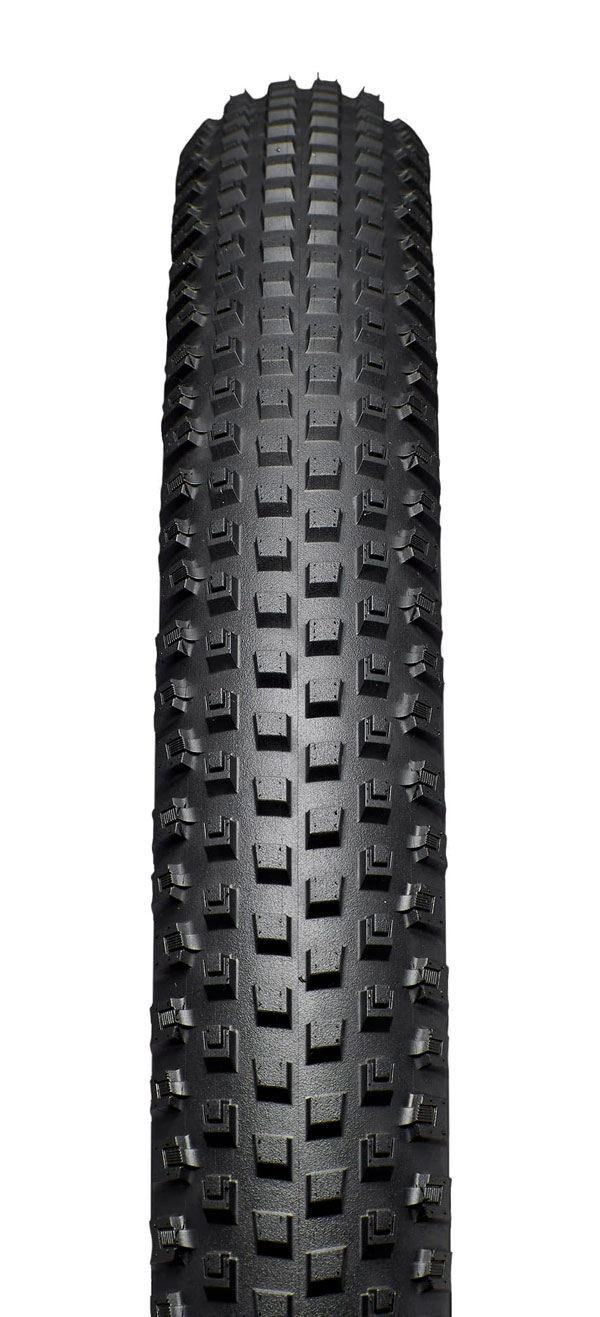 Specialized Renegade
Specialized Renegade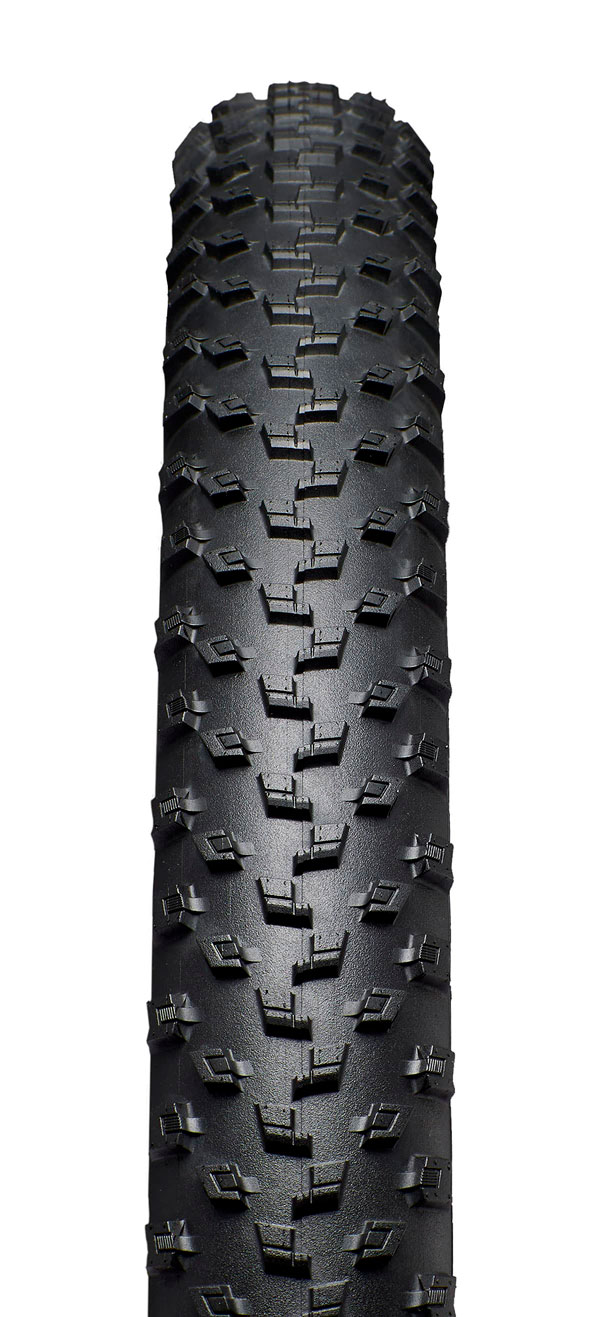 Specialized Fast Trak
Specialized Fast Trak Specialized Ground Control
Specialized Ground Control
Downcountry and Trail.
If you've already started to have fun on your descents and trail routes, and you're not too worried about the average speed, we recommend choosing tyres with bite and safety, to maximise enjoyment on your routes. Depending on the type of terrain, fun is guaranteed with the lighter versions of the Maxxis Aggressor and Forekaster in 2.30" and 2.35" sizes, respectively, or a combination of Specialized Ground Control on the rear wheel and Purgatory on the front.
 Specialized Purgatory Grid 2.3” T7
Specialized Purgatory Grid 2.3” T7
Aggressive Trail and Enduro.
Grip and safety are the priority and you will require tyres with aggressive, widely spaced knobs, higher side knobs, medium and soft compounds, and widths of 2.30" and upwards. The offer is very wide and the choice will depend on your confidence, the type of terrain and your technical level. Brand catalogues and, of course, our technicians, will help you choose. But as a reference, you can take the wider versions of those mentioned in the previous section and add the combination of Specialized Purgatory and Butcher.
Enduro Competition and Downhill.
These disciplines require very specific tyres, and reference models are the highly rated Schwalbe Magic Mary, the Maxxis Minion, Dissector, Assegai the legendary Maxxis High Roller II, or the Specialized Eliminator and Hillbilly.
 Image Endura LTD
Image Endura LTD
The final choice will depend on your personal preferences, priorities and your technical level. And this will improve with experience.
With the information provided in this guide and the wide range of tyres from top brands available at mammothbikes.com you can choose the perfect tyres for your needs.
Our brands: Maxxis, Specialized, Continental, Vittoria, Michelin, Pirelli, Kenda, Chaoyang, Msc, Schwalbe, Barbieri and more.
Find out more in related articles and videos:


 Specialized Enduro with Butcher tyres
Specialized Enduro with Butcher tyres
 Specialized Fast Trak S-Works
Specialized Fast Trak S-Works
 Maxxis Forekaster 2.6 Exo TR
Maxxis Forekaster 2.6 Exo TR
 Continental Mud King tyre
Continental Mud King tyre
 Maxxis Minion DHR II tyre
Maxxis Minion DHR II tyre
 Specialized Renegade
Specialized Renegade Specialized Fast Trak
Specialized Fast Trak Specialized Ground Control
Specialized Ground Control Specialized Purgatory Grid 2.3” T7
Specialized Purgatory Grid 2.3” T7
 Image Endura LTD
Image Endura LTD
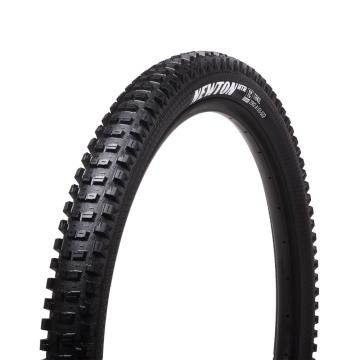
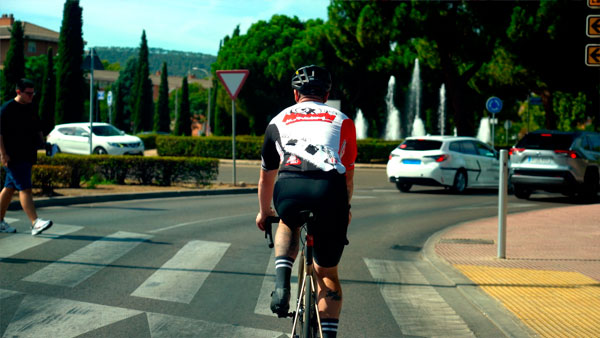

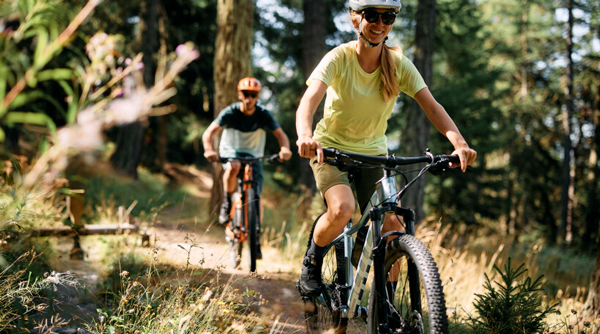

Leave a comment
Be the first to comment on this article.